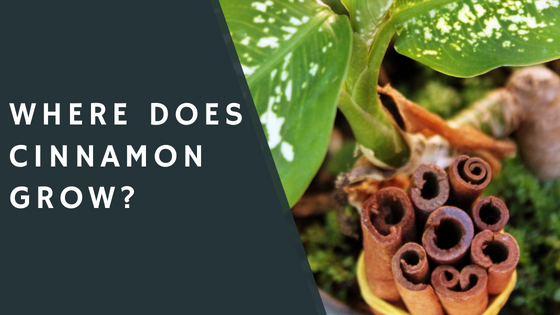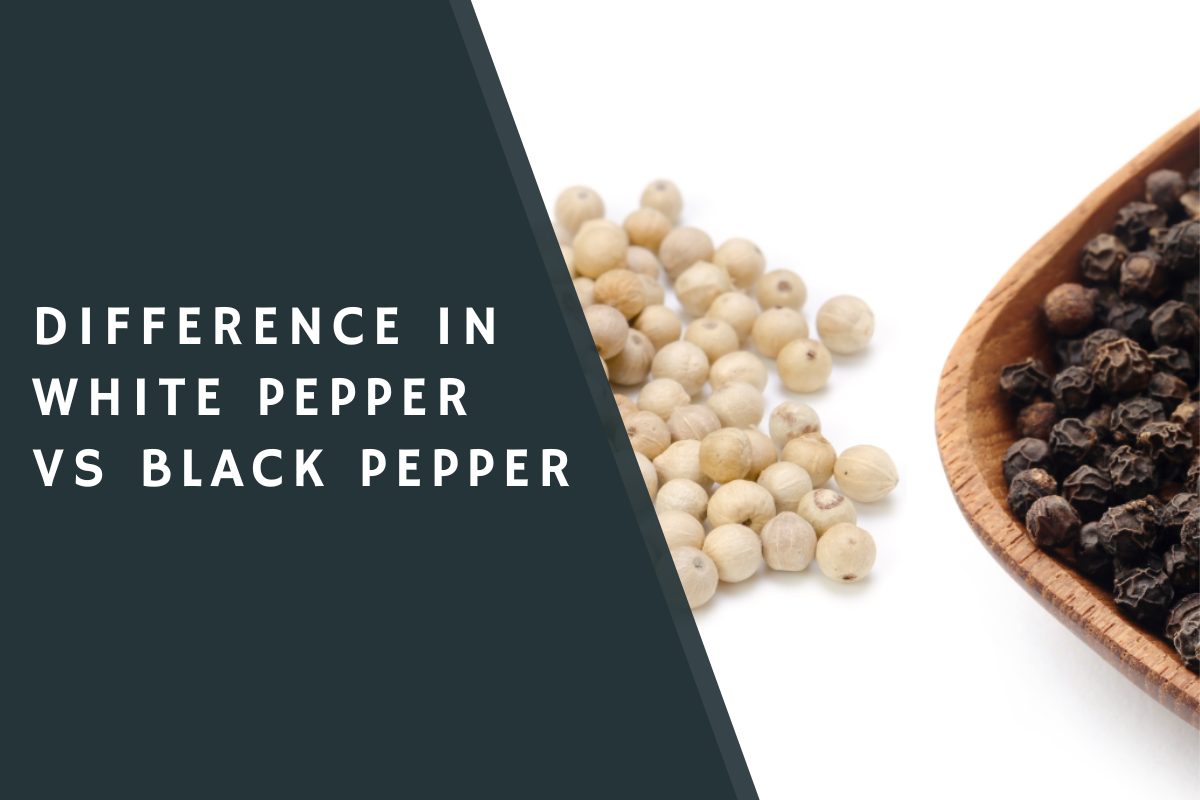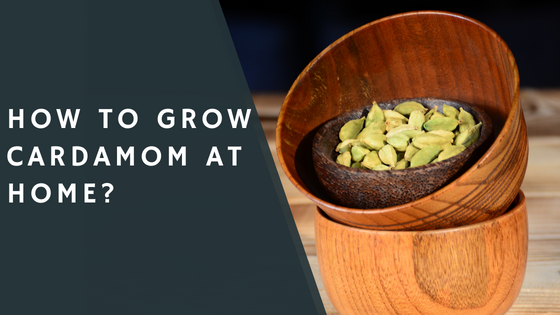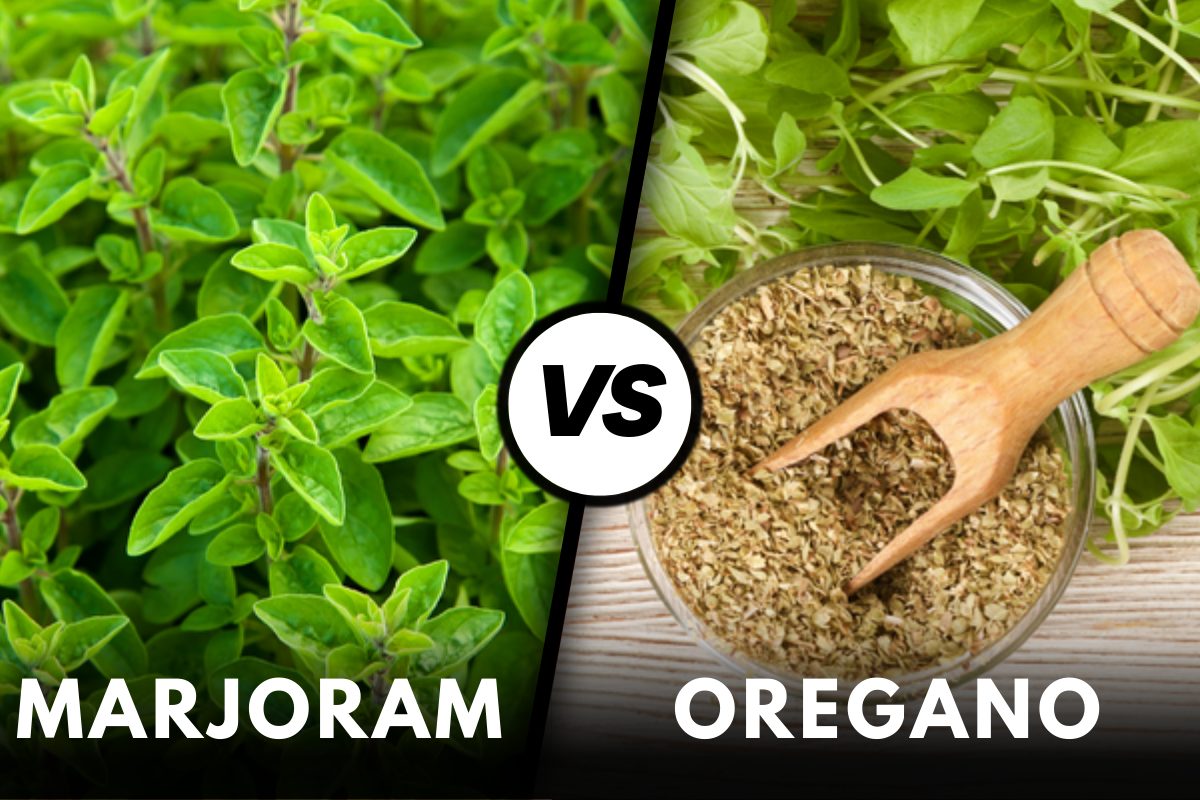Lovage and celery are two very different vegetables. There is a difference in texture, flavor, and use of each.
Lovage is a tall, erect plant that can grow up to six feet tall. The leaves are large and resemble those of celery, but the stem is thick and fleshy. The lovage flavor is similar to celery but stronger and more intense. It is often used as a seasoning in soups, stews, and sauces.
Celery is a low-growing plant with thin, fibrous stalks. The leaves are small and delicate, and the flavor is milder than lovage. Celery is often used as a crunchy garnish or in salads.
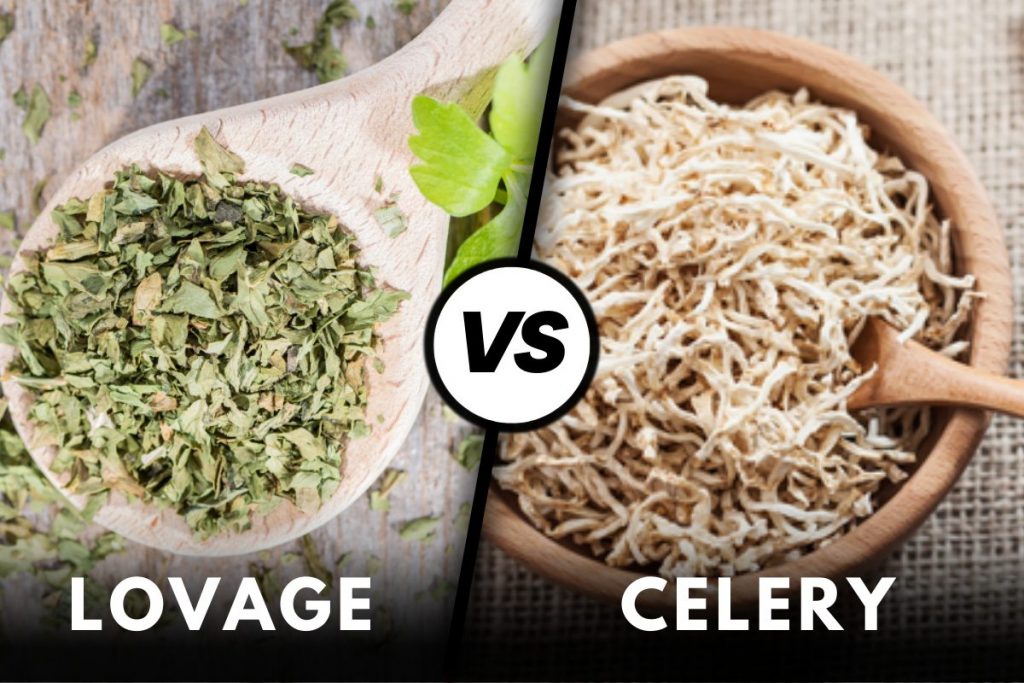
See Also: Horehound Vs Licorice
What Is Lovage?
Lovage is a tall, green herb that resembles celery. It has a strong, pungent flavor and is often used as a seasoning or garnish. Lovage is native to Europe and Asia and has been used in cooking for centuries.
The flavor of lovage is similar to that of celery but stronger and more intense. It can be used fresh or dried and is often used as a seasoning or garnish.
Lovage is rich in vitamins A and C and minerals such as potassium and magnesium. It also contains antioxidants and phytonutrients that may have health benefits.
Some research suggests that consuming lovage may help improve digestion, reduce inflammation, and boost the immune system. The potential benefits of this food need to be confirmed by further research, however.
What Is Celery?
Celery is a vegetable belonging to the Apiaceae family, including carrots, parsley, and fennel. The life cycle of celery is two years long, which makes it a biennial plant.
The first year of the celery plant’s life cycle is spent growing leaves and roots. Seeds are produced in the second year.
The most commonly consumed part of the celery plant is the stalk. Celery stalks are long and slender, with a crisp texture. They can be eaten raw or cooked. Celery leaves are also edible and have a milder flavor than stalks.
Celery seeds can be used to make a spice known as celery seed extract, which has a strong flavor similar to that of fresh celery leaves.
Vitamins and minerals can be found in abundance in celery, a low-calorie food. It is a good source of vitamin C, potassium, and folate. Celery also contains phytonutrients that have been shown to have anti-inflammatory and antioxidant properties.
Benefits of Lovage and Celery
Lovage and celery are tall, aromatic plants often used in cooking. They have similar flavor profiles, but the two have some critical differences.
Lovage is slightly pungent than celery, with a bolder flavor that can be overwhelming if used too liberally. However, it’s also a bit sweeter than celery, making it a good choice for dishes that need a little sweetness to balance the savory flavors.
Celery is more versatile than lovage and is easier to use in large quantities without overpowering other flavors. It’s also less likely to cause digestive issues than lovage, making it a better choice for people prone to indigestion or heartburn.
Overall, lovage and celery have unique flavors that can add interest to any dish. Use them interchangeably in recipes or experiment with different ratios to find the perfect balance of flavors for your next meal.
Lovage and Celery Nutrition Facts
Lovage and celery are both low in calories and fat and high in fiber. They are also a good source of vitamins A, C, and K and minerals such as potassium and manganese.
Lovage is slightly higher in calories than celery but contains more vitamins and minerals. For example, it is a good source of vitamin B6, vital for metabolism, and calcium, essential for bone health. It also contains more antioxidants than celery.
Celery is a good source of folic acid, essential for pregnant women, and vitamin B2, which helps convert food into energy. It also contains lutein, an antioxidant that promotes eye health.
Which Is Stronger Lovage or Celery
There are many factors to consider when determining which is stronger, lovage or celery. The strength of a plant is typically determined by its ability to withstand pests and diseases and its overall hardiness.
Regarding these factors, celery is generally considered to be the stronger of the two plants. However, lovage has certain advantages that make it worth considering as well.
For example, lovage is known for tolerating colder temperatures than celery. This makes it a good choice for gardeners who want to grow their own vegetables in colder climates.
Additionally, lovage is less likely than celery to bolt (go to seed) in warm weather. This means it can produce more leaves and stalks over an extended period, making it a more productive plant overall.
In terms of flavor, lovage and celery have a strong taste that some people find unpleasant. However, many believe lovage has a more complex flavor than celery and can be used in various dishes.
When cooked, lovage retains its flavor better than celery, making it a good choice for soups and stews.
The decision of which plant is stronger comes from personal preference and growing conditions. However, both plants have unique advantages worth considering for the home garden.
Can I Substitute Lovage for Celery?
Lovage is a good option if you’re looking for a celery substitute in your cooking. This herb has a flavor similar to celery but is more spicy and slightly bitter. Lovage is also known as “sea parsley” or “love parsley,” and it’s related to the celery plant.
Lovage can be used in many of the same dishes as celery, including soups, stews, salads, and vegetable dishes. It’s also a good addition to poultry and fish dishes. When substituting lovage for celery, use only half as much of the herb since it’s more potent than celery.
Lovage is available fresh, dried, or frozen at most grocery stores. If you can’t find it, look for it at specialty food stores or online.
Do Lovage and Celery Go Together?
Lovage and celery are two very different plants. Lovage is an herb in the parsley family, while celery is a vegetable in the Apiaceae family. They have different growing habits, flavors, and uses. So, do lovage and celery go together?
In general, no. The two plants have different flavor profiles and don’t complement each other. However, there are some dishes where that can be used together. For example, you could add some lovage to a celery soup or use both herbs in a stuffing recipe.
If you’re unsure whether or not to use lovage and celery together, it’s best to err on the side of caution and use one or the other.
Does Lovage Smell Like Celery?
Lovage and celery are both members of the Apiaceae family, and as such, they share a lot of similarities. For example, they both have a crunchy texture and a slightly bitter taste. However, these two plants couldn’t be more different when it comes to smell.
Lovage has a powerful and pungent smell that some people compare to that of diesel fuel. Celery, on the other hand, has a much milder and sweeter scent. So if you’re trying to decide whether or not to add lovage to your dish based on its smell, go with celery instead.
Conclusion
If you’re wondering what the difference is between lovage and celery, then you’ve come to the right place. Both of these plants are members of the Apiaceae family, but they have some essential differences that set them apart.
Lovage is taller and has a stronger flavor than celery, making it better suited for soups and stews. On the other hand, Celery is lower in calories and has a more delicate flavor that makes it ideal for salads or as a raw snack.
So, next time you’re at the grocery store, remember to pick up some lovage or celery (or both!) depending on what you plan to use it for.
I am an accomplished tech writer with a passion for simplifying complex technology concepts. With a background in Tech, James has dedicated their career to making the intricacies of the digital world accessible to a broad audience.

